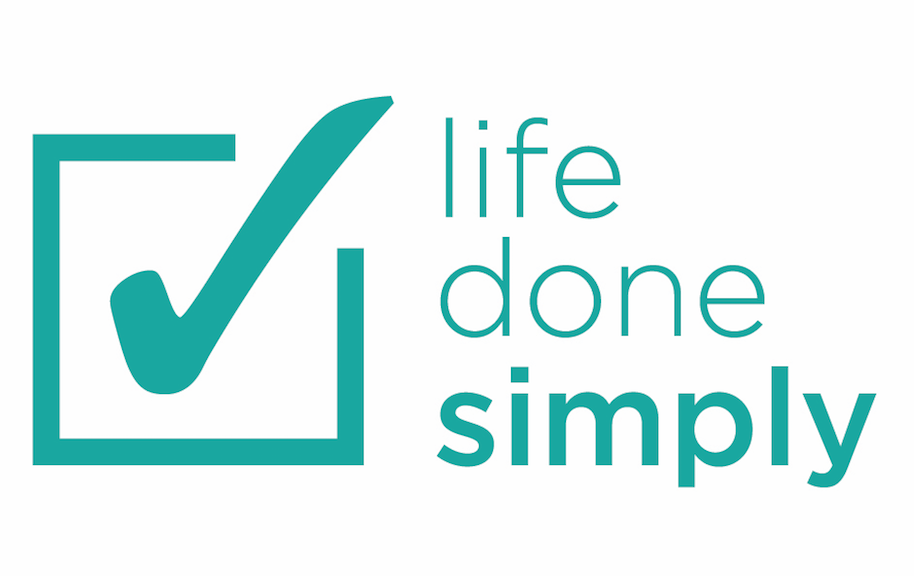Weekend Decluttering Challenge - Medicine
/Even though you probably look in there everyday, the medicine cabinet is one of those locations in the house that seems to become invisible when we think about tidying up the home. Fear and misinformation can be partly to blame for our inability to properly declutter this area. We spend a good deal of money on medicine, so we aren’t keen to the idea of tossing any of it out. However, when a medical situation arises, you want to be 100% confident that what you have in there will help you and not cause additional harm.
The following decluttering tips will give you more confidence and will help you conquer this area of your home, once and for all!
Step 1 - Sort all prescriptions, over the counter medicine, vitamins, creams, and ointments.
Pull everything out and line them up on the counter. Look at every single item. Examine the containers for leaks, ineffective seals, or other contaminations. Take an honest assessment of your families needs. Do you need that many different types of pain reliever or antacids?
Step 2 - Discard medications passed their expiration dates or items that have changed in taste, color, or smell.
There is a lot of information out there that contradict when medications begin to lose their effectiveness. Do some medications hold up fine well after their expiration dates? I don’t know. If you have questions, contact your pharmacist. I think the safest policy is, When in doubt, THROW IT OUT.
Thinking of keeping those old antibiotics, just in case? Read the dangers of using leftover antibiotics.
Step 3: Dispose of medications properly.
Controlled medications should be emptied into a clear, sealable bag and brought to your local pharmacy, sheriff's office, or DEA disposal facility. Non-controlled or over the counter medications should be mixed an unpalatable substance such as coffee grinds or dirt in a sealable bag. Once sealed, the bag and the original container can be tossed in your household trash.
Remove and destroy ALL identifying personal information (prescription label) from the medication containers before discarding.
fda.gov
DO NOT flush medications down the toilet. In recent years, the FDA, has come out with a list of medications that you are allowed to flush if take-back options are not available in your community. For a list of those medications, visit Drugs@FDA.
Step 4: ORGANIZE medications in a cool, dry, and dark location (away from children).
As time passes, medicines lose their effectiveness, especially if they are stored in a medicine cabinet in a warm, moist bathroom, with bright light. Keep medications in their original identifying containers. The containers contain important information that you will need in the case of an emergency.
For more valuable information about medication safety, visit KnowYourOTCs.org & the U.S. Food and Drug guidelines for medication disposal.
Happy Organizing!
Aimee Olson of Life Done Simply is a Productivity and Organizing Coach and is a member of the National Association of Productivity & Organizing Professionals (NAPO).



